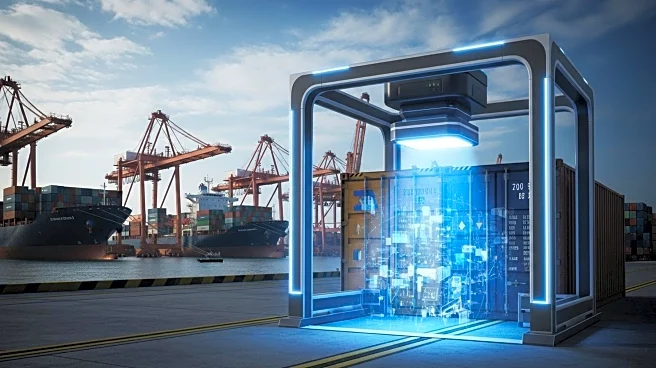What's Happening?
The Association of American Railroads (AAR) reported mild gains in U.S. rail carload and intermodal volumes for August. The Freight Rail Index (FRI) showed a 0.5% decline from July to August, marking the fourth decline in five months, yet it remains relatively strong. August saw a 0.7% annual increase in rail carloads, with significant gains in commodities like grain, coal, and chemicals. Intermodal volumes rose by 0.5% annually, reaching the highest level since May 2021. These figures suggest resilience in the rail industry despite economic uncertainties.
Why It's Important?
Rail traffic is a key economic indicator, reflecting the health of the broader economy. The gains in carload and intermodal volumes suggest a stable supply chain and economic resilience. This is crucial for industries reliant on rail for transportation, as it indicates continued demand and operational stability. The data also highlights the importance of rail in supporting economic activity, especially in times of uncertainty. For policymakers and businesses, these trends provide insights into economic conditions and potential future developments.
Beyond the Headlines
The rail industry's performance can influence economic policy and business strategies. As a barometer of economic health, rail traffic data can impact decisions on infrastructure investments and regulatory measures. The industry's ability to adapt to changing demand and maintain efficiency will be critical in navigating future economic challenges. Additionally, the rail sector's role in reducing carbon emissions and supporting sustainable transportation solutions may gain more attention as environmental concerns grow.










